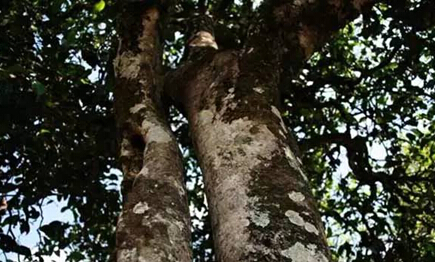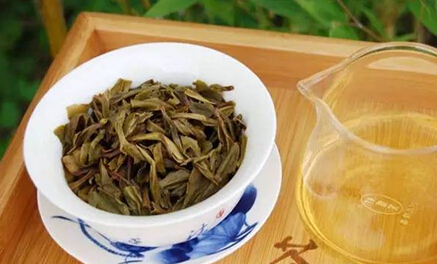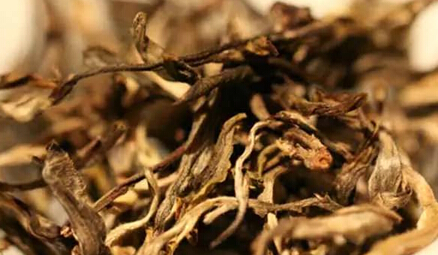[Main Text]

There are five key indicators for authentic Ancient Tree Tea:
1. The speed of salivation stimulation. Salivation is easily triggered by many factors, so overemphasizing this sensation can be misleading. The time it takes from the tea entering the mouth to the sensation spreading across the tongue is the speed of salivation. For the same variety, the faster this occurs, the better the quality.
2. The thoroughness of sweetness after bitterness. Truly high-quality tea will completely eliminate bitterness once the sweetness begins, leaving no lingering sensation on the tongue and creating a sweet, moist feeling throughout the mouth.

3. The integration of aroma. The ratio of aroma when smelled versus when tasted. Premium new Pu-erh tea releases its aroma after being swallowed, emerging from the throat and lasting for a long time, with a clear and subtle fragrance. There should be no discomfort or unpleasantness after drinking.
4. The depth and persistence of throat sensation. Tea with a deep throat sensation will create an experience where the throat feels more pronounced than the mouth, and the sensation deep in the throat will linger for some time.
5. The elegance and longevity of throat rhyme. Throat rhyme refers to the refreshing sensation of sweetness and aroma that spreads after the bitterness fades in the throat, a key aspect of tea appreciation. Tea lacking this depth is considered crude. The longer and more stable the throat rhyme, the more stable the tea's character, and the higher its collection value.

Additionally, be aware of two common misconceptions:
Misconception 1: Mistaking "sweetness after bitterness" for immediate sweetness. "Sweet" refers to a sensation that is sweet upon entering the mouth, something only high-quality tea with rich internal qualities can achieve. Many teas can produce sweetness after bitterness, but this is not rare or valuable.
Misconception 2: Associating "bitterness and astringency" with "boldness." Dishonest merchants often claim that tea without bitterness and astringency lacks boldness or potential for transformation. In reality, good raw Pu-erh tea will quickly present bitterness and astringency upon entering the mouth, then rapidly fade into sweetness. Poor-quality tea, on the other hand, will have bitterness and astringency that fade slowly or even persist unpleasantly.